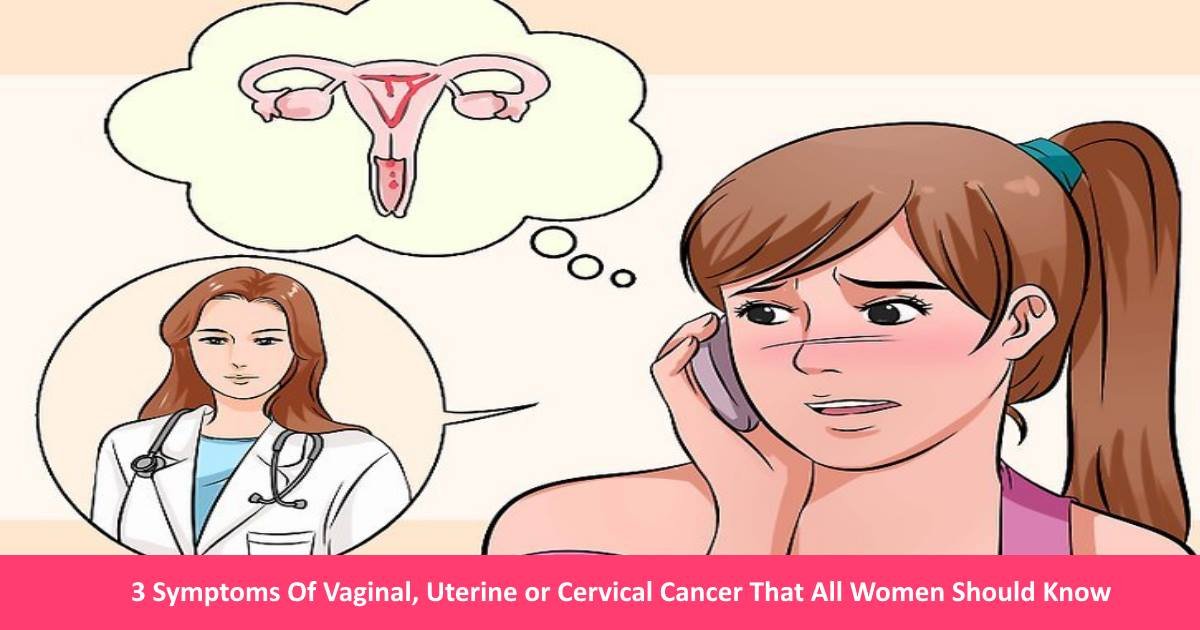Vaginal cancer is a rare type of cancer that affects the vagina.
The vagina is the muscular, tube-like that connects the outer genitals to the uterus. Vaginal cancer affects the cells on the surface of this structure and should be diagnosed as early as possible to increase the chances of curing it. It is difficult to cure it if it spreads to other parts of the body. This is why it is important to know the indications of vaginal, uterine, and cervical cancers.
You need to have some statistical knowledge before we discuss the causes and signs of these cancers.
More than 4,800 cases of vaginal cancer will be reported by the end of this year and about 1,240 women will die from this type of cancer. There are about 12,820 cases of cervical cancer and about 4,210 deaths will occur from this type of cancer by the end of this year.
In addition, there are about 61,000 cases of uterine cancer and about 11,000 deaths will result from this type of cancer this year.
[rsnippet id=”4″ name=”DFP/34009881/Article_1″]
Vaginal Cancer
You should be able to differentiate the three types of cancer from each other in order to understand their symptoms. Vaginal cancer occurs in the vagina while cervical cancer affects the round, knob-like structure (cervix) in the vagina. Uterine cancer affects the uterus or womb. You should look for the following common symptoms.
1. Unusual Bleeding
This sign may be evident after menopause, between periods, or at any given time.
2. Stool or Urine Color Change
This may occur in the form of bloodstained stool or urine. The affected person may constipate or urinate frequently.
[rsnippet id=”5″ name=”DFP/34009881/Article_2″]
3. Pelvic Pain
This is a significant sign that may occur when you pass urine or have intercourse. You should visit a doctor if you have this problem.
Vaginal Cancer Risk Factors
According to the findings of researchers and experts, the causes of this type of cancer are yet to be known. Nevertheless, there are some risk factors such as old age, HIV, HPV, and smoking.
Treatment Methods
The bad news is that the available treatments for this cancer are not effective. They include external radiation, internal radiation, chemotherapy, or removing the affected part or the entire vagina. Luckily, most affected women (84%) survive if the cancer is diagnosed at phase 1. The survival rate for those diagnosed at phase 2 is 75% while the survival rate for those diagnosed at phase 3 is 57%.
How to Prevent Vaginal Cancer
[rsnippet id=”6″ name=”DFP/34009881/Article_3″]
The simplest way of preventing vaginal cancer involves lowering your exposure to the identified risk factors. You should reduce your alcohol consumption and stop smoking. It is also important to consume healthy foods with rich vegetables and fruits. Another important step is to take an HPV test because the virus can spread and cause problems such as cervical cancer.










